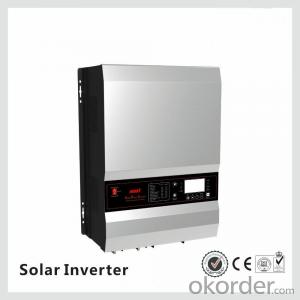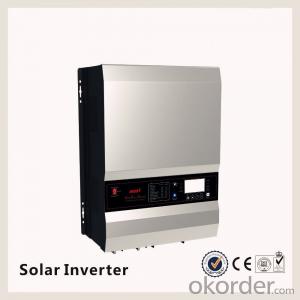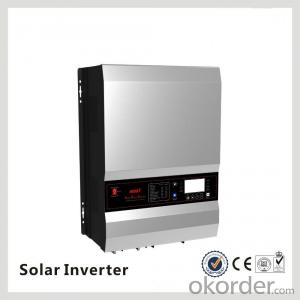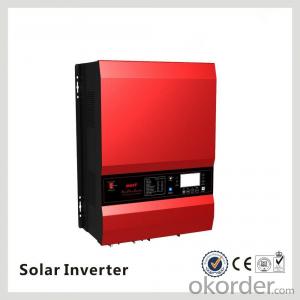Solar Inverter 12kw
Solar Inverter 12kw Related Searches
Solar System For Inverter Ac Ac Inverter For Solar Panels Solar Panel With Ac Inverter High Power Solar Inverter Inverter In Solar Power Plant Dc Inverter Ac On Solar Panel Solar System Dc To Ac Inverter Solar Panel Dc To Ac Inverter Home Solar Power Inverter Solar Panel To 240v InverterHot Searches
Solar Inverter For Split Ac Solar Inverter With Ac Outlet Power One Solar Inverter Price Solar Inverter Low Price Solar Power Inverter Types Solar Power Inverter Suppliers Solar Inverter Emergency Power Solar Power Inverter Companies Power Factor Solar Inverter Solar Inverter Power Factor Solar Inverter Backup Power Tesla Solar Power Inverter Buy Dc To Ac Converter Solar Inverter For Split Ac Solar Inverter With Ac Outlet Power One Solar Inverter Price Solar Inverter Low Price Solar Power Inverter Types Solar Power Inverter Suppliers Solar Inverter Emergency PowerSolar Inverter 12kw Supplier & Manufacturer from China
Okorder.com is a professional Solar Inverter 12kw supplier & manufacturer, offers integrated one-stop services including real-time quoting and online cargo tracking. We are funded by CNBM Group, a Fortune 500 enterprise and the largest Solar Inverter 12kw firm in China.Hot Products
FAQ
- Yes, a solar inverter can be used with a grid-interactive system. A grid-interactive system allows for the solar inverter to convert the DC power generated by the solar panels into AC power that can be used to power the home or business. It also allows for excess power to be fed back into the grid, thus reducing energy costs and providing additional benefits such as net metering.
- Yes, a solar inverter can be installed in a residential area. In fact, residential areas are common locations for solar installations, including the installation of solar inverters. These inverters are responsible for converting the direct current (DC) electricity generated by solar panels into alternating current (AC) electricity that can be used by household appliances and fed back into the electrical grid. Installing a solar inverter in a residential area allows homeowners to harness the power of solar energy and reduce their reliance on traditional electricity sources.
- Yes, a solar inverter can be connected to a battery storage system. This allows the excess energy generated by the solar panels to be stored in the battery for later use, providing backup power during times when the solar panels are not producing enough electricity.
- Yes, a solar inverter can be used with a solar-powered waste management system. A solar inverter is used to convert the direct current (DC) electricity generated by solar panels into alternating current (AC) electricity that can be used to power various appliances and systems. In the case of a solar-powered waste management system, the solar inverter would be an essential component to convert the DC power generated by the solar panels into the AC power required to operate the waste management equipment.
- Yes, there are ongoing maintenance requirements for a solar inverter. Regular cleaning of the solar panels to remove dust and debris is necessary to maintain optimal performance. Additionally, inspections and tests of the inverter's components, such as cables and connections, should be conducted periodically to ensure everything is functioning properly. Monitoring the inverter's performance and addressing any issues promptly is also crucial for long-term maintenance.
- A solar inverter handles electromagnetic interference (EMI) by incorporating various filtering techniques and shielding mechanisms. These include the use of EMI filters, capacitors, and transformers to minimize the impact of EMI on the inverter's performance. Additionally, proper grounding and shielding of sensitive components help to reduce the risk of EMI interference. Overall, the design and implementation of these protective measures ensure that a solar inverter can effectively handle and mitigate electromagnetic interference.
- Yes, there are some safety concerns associated with solar inverters. The main concern is the risk of electrical shock or fire due to faulty installation, improper maintenance, or inadequate grounding. It is important to ensure that professional installation is done according to safety guidelines and that regular inspections and maintenance are carried out to mitigate these risks.
- Yes, a solar inverter can be used in regions with extreme weather conditions. However, it is important to choose an inverter that is designed and rated for the specific weather conditions of that region. For example, there are solar inverters available that are built to withstand high temperatures, extreme cold, humidity, and even harsh weather events such as hurricanes. It is crucial to consider the environmental factors and select an inverter that is suitable for the specific climate conditions to ensure optimal performance and longevity.















































